It’s true that life in southeastern Arizona is full of “behold!” moments. It is so exciting to live in such a diverse land, both in plants and animals.
I believe the correct Latinized name for the hoptree that occurs in the borderlands is Ptelea trifoliata var. angustifolia. When I’ve grown it in the past in my little nursery the young plants were found by wandering swallowtails. Eggs were laid and caterpillars gobbled the foliage of the plants. Before I knew it I had several two-tailed swallowtails flying around my yard. That’s pretty cool and no worries as the plants did recover. It just goes to show you though, that if you plant native plants good stuff happens.
The same goes with pineleaf milkweed…also known as pineneedle milkweed, but always Asclepias linaria…, anyway, if you plant it in your personal habitat, butterflies that use milkweeds as larval food will show up seemingly out of nowhere to lay eggs on the plant. And by the way, plants that are the larval food for butterflies are called host plants. Isn’t that great? “Hi, my name is pineleaf milkweed and I’ll be your host today”. Okay, well now you know.

The photos are mine. The above photo is of the Galiuro escarpment in the Galiuro Mountains and that’s where I’ve had many “behold!” moments.
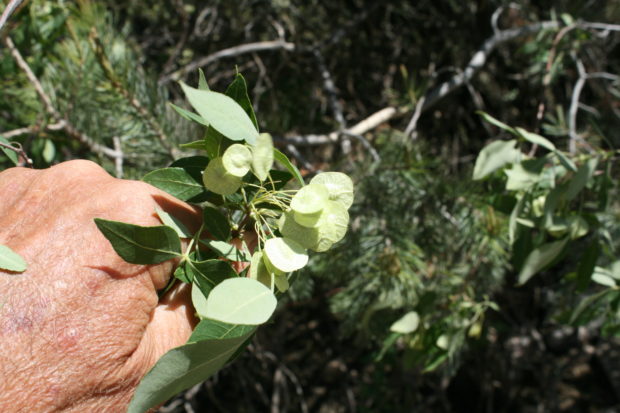
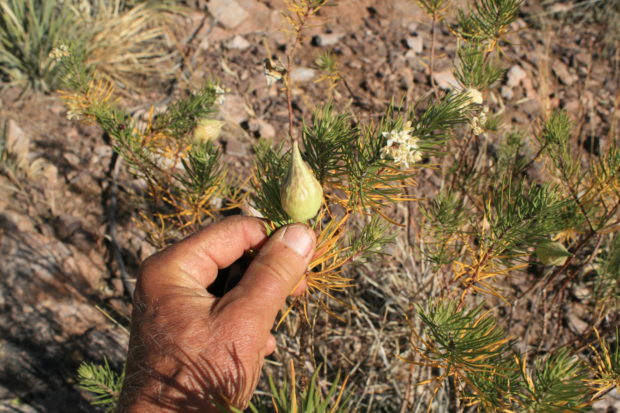
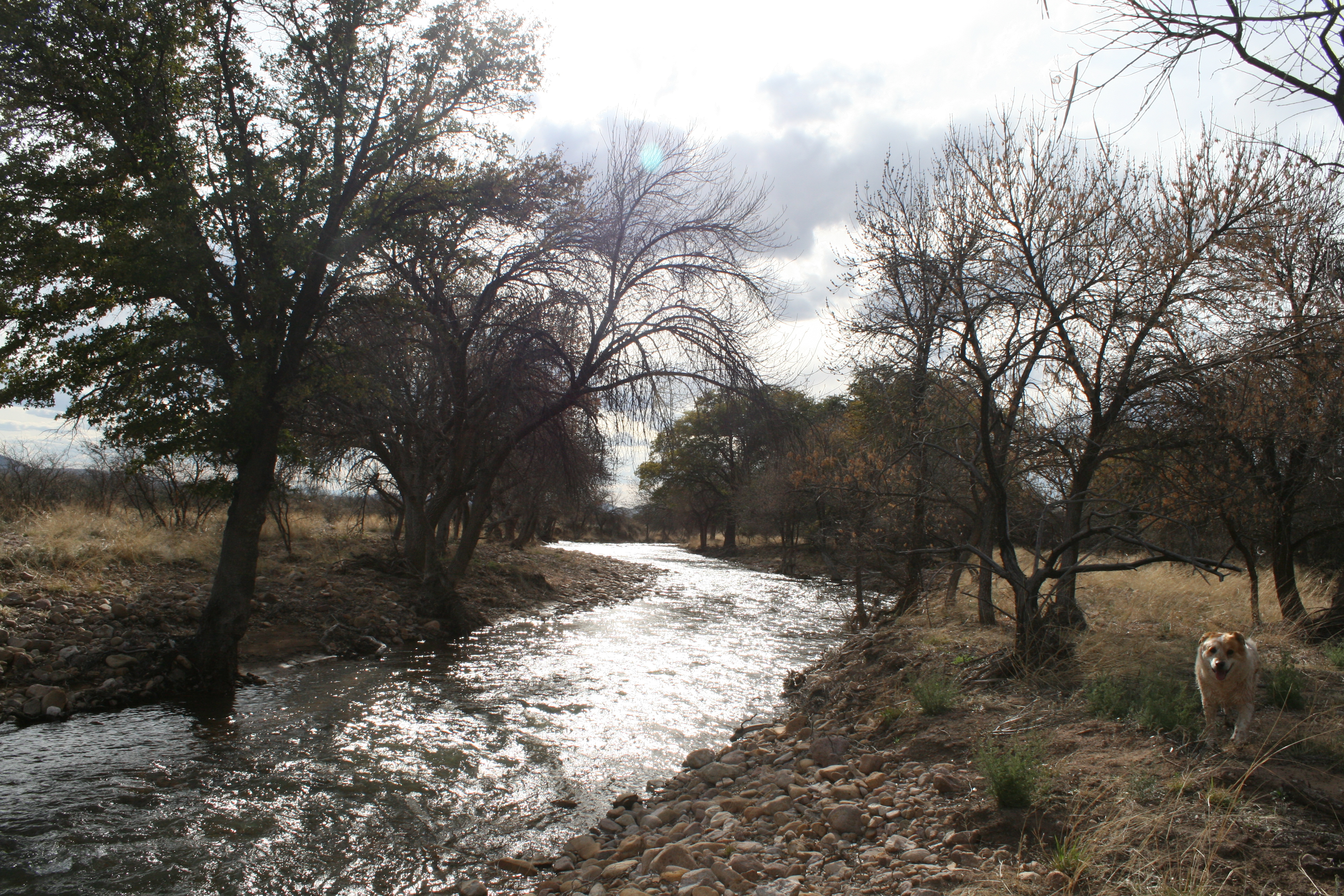
We are so lucky to live near a creek that will sometimes flow for weeks from winter rain and melted snow runoff. Everyday we...
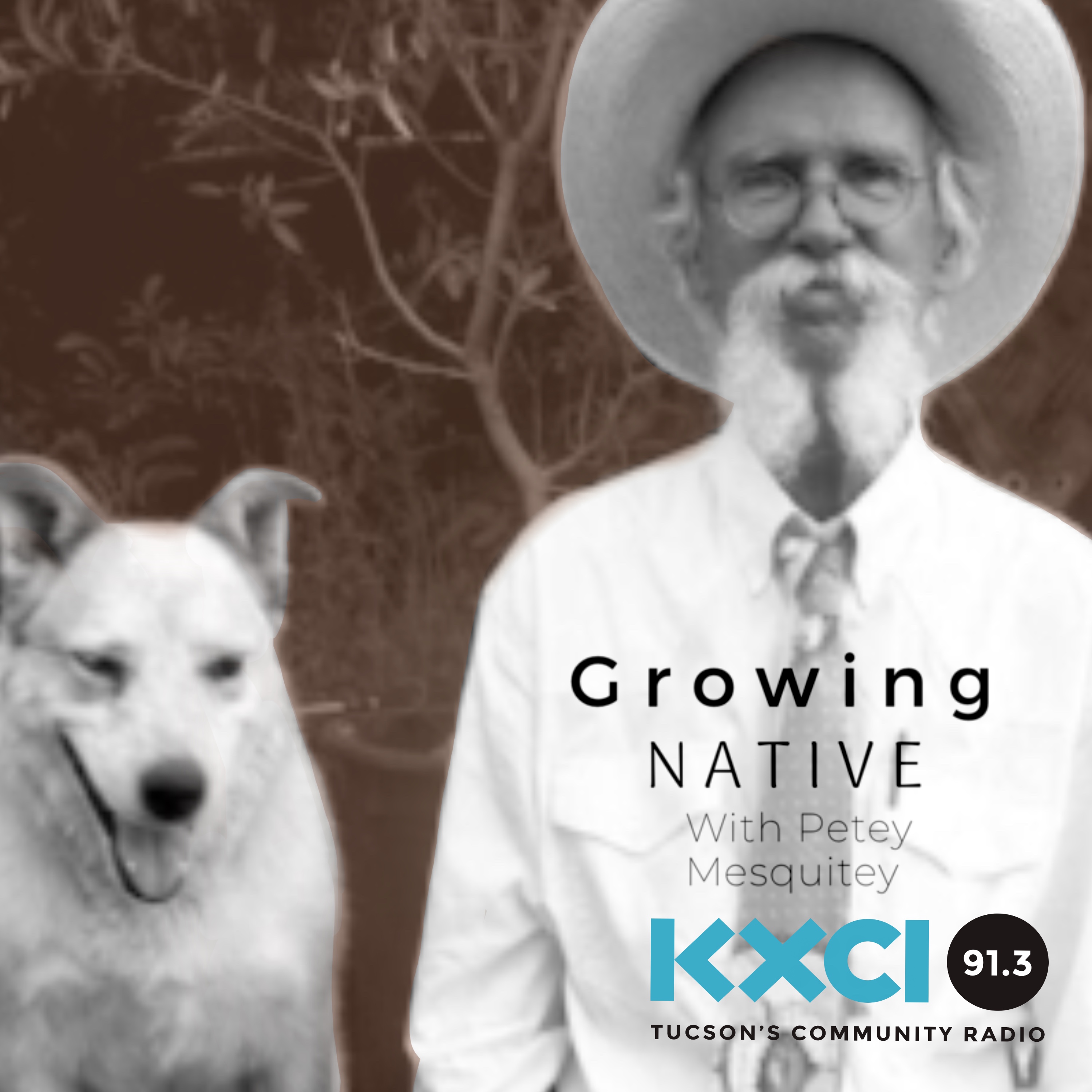
This is the time of year when you see desert millipedes out and about on muggy overcast days. Sometimes even crossing the two lane...
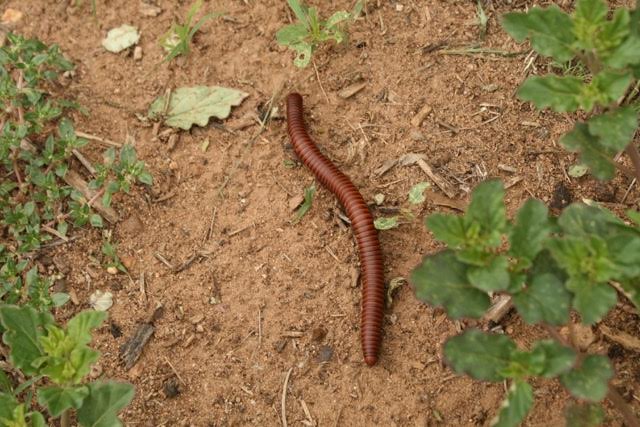
Petey talks about the desert millipede (Orthoporus ornatus) and answers the question that has perplexed entomologists for years. Fun with KXCI’s Petey Mesquitey &...